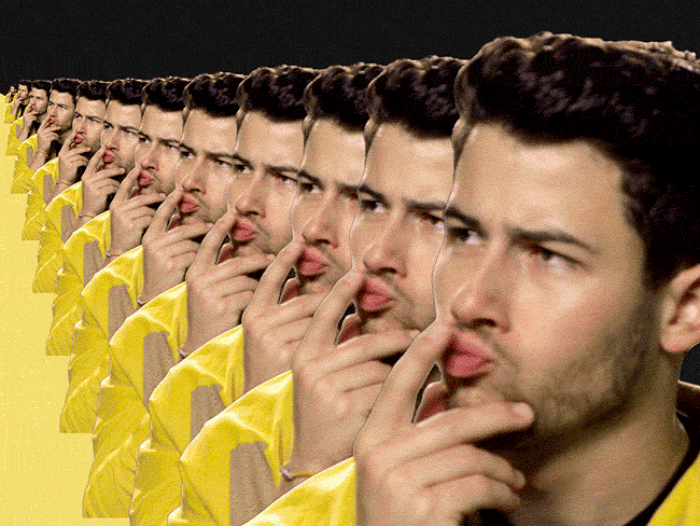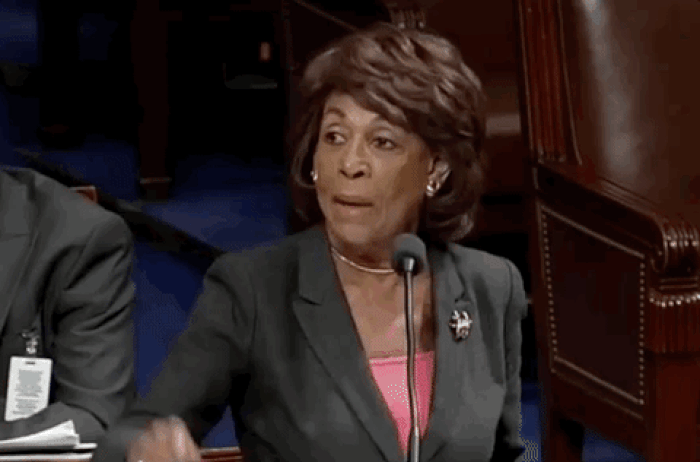Coda: Back to the Future
The 7 Keys to Multimodal Pedagogy . . . According to Your Grandmothers
As we made our way through a century of English Journal, we took note of several consistent themes running through the pages of best practices advocated by teachers over the years for bringing media into the classroom. Even though much of this advice was given decades ago about teaching with technologies that now only live in museums, we find that good pedagogy is timeless (even if the tech tools are not). We’ve collected the best of these pedagogical tips here below in one handy list—with GIFs!
1. Learn with the students!

Don’t know how to make a movie or a podcast? Don’t worry. Students have been helping their teachers figure out the tech since the dawn of radio and film. Don’t be afraid to ask the students to help you and each other—they’ll be happy to do so (even if they make fun of you a bit).
2. Embrace play and failure

English Journal is full of descriptions of zany student projects and noisy classrooms. It’s also full of equipment breakdowns, logistical hurdles, and other tech problems. But teachers often remembered that play was key for student engagement and failure was an opportunity for deep learning. So put down your gradebook and embrace the fun!
3. Hack the tech!

Think you can’t do multimodal work because you don’t have shiny new Macs? Think again! Sometimes the most innovative multimodal assignments come from negotiating access challenges. Students can make a collage in Photoshop or on paper; students can make a podcast on a cellphone or an old tape recorder. Don’t just think outside the box—turn that damn box into a pinhole camera and conjure up some magic.
4. Compose for real audiences

No one wants to read or write a pointless five paragraph essay; they exist solely for The Machine. Students will be more motivated and will learn more about rhetoric if they are composing for real audiences. What better way to teach audience adaptation than by having students compose in media genres they actually care about—and for people who really matter to them?
5. Keep the focus on reflective learning

Playing around with media can be a lot of fun as we’ve seen, but we should also make sure that students are actually learning in the process. Deliberately including opportunities for deep reflection throughout a project is essential to this end, and the best EJ teachers took time to ask students explain their rhetorical choices in relation to particular media—to think about their thinking. It truly is reflection all the way down!
6. Use new media to rethink pedagogy

When we introduce a new technology into the classroom, it can disrupt business as usual. That’s a good thing. The best teachers in the English Journal archive used new media moments not for frivolous entertainment, but as occasions to radically reimagine authority dynamics, instructional strategies, evaluation standards, assignment designs, learning outcomes and more. New media moments give us the chance to experiment, to innovate, to transform education as we know it.
7. Fight for access and justice for all

We need to fight hard for all students to have access to new media technologies! But more than that, we need to work with students to compose activist media texts that challenge racism, sexism, homophobia, transphobia, xenophobia, ableism, classism, gun violence, environmental destruction, and more. Let’s seize the means of production from Fox News and put them in the hands of Gen Z. They’ll know what to do.
